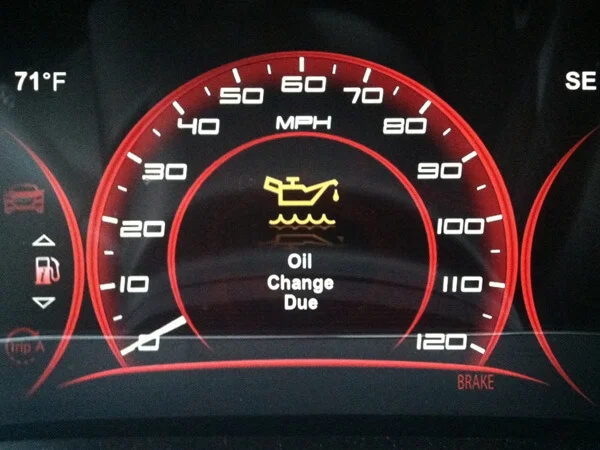
Buying an OBD2 Scanner might be a confusing process if you have no idea which scanner to choose. The OBD scanner in your automobile should be able to execute the following 11 critical functions. To summarize, it is better to buy an OBD scanner if it offers these 11 unique features.
Oil Reset Service
This function can be performed in the following cases:
1. If the service lamp is on, you must provide service for the car. After service, you need to reset the driving mileage or driving time so that the service lamp turns off and the system enables the new service cycle.
2. After changing engine oil or electric appliances that monitor oil life, you need to reset the service lamp.
Steering Angle Calibration
1. To reset the steering angle, first find the relative zero point position for the car to drive in a straight line. Taking this position as reference, the ECU can calculate the accurate angle for left and right steering.
2. After replacing the steering angle position sensor, replacing steering mechanical parts (such as steering gearbox, steering column, end tie rod, steering knuckle), performing four-wheel alignment, or recovering the car body, you must reset the steering angle.
Electronic Parking Brake Reset
If the brake pad wears the brake pad sense line, the brake pad sense lines ends a signal sense line to the on-board computer to replace the brake pad. After replacing the brake pad, you must reset the brake pad. Otherwise, the car alarms.
Reset must be performed in the following cases:
1. The brake pad and brake pad wear sensor are replaced.
2. The brake pad indicator lamp is on.
3. The brake pad sensor circuit is short, which is recovered.
4. The servo motor is replaced.
ABS Bleeding
This function allows you to perform various bi-directional tests to check the operating conditions of Antilock Braking System (ABS).
1. When the ABS contains air, the ABS bleeding function must be performed to bleed the brake system to restore ABS brake sensitivity.
2. If the ABS computer, ABS pump, brake master cylinder, brake cylinder, brake line, or brake fluid is replaced, the ABS bleeding function must be performed to bleed the ABS.
Electronic Throttle Position Reset / Learn
This function enables you to initialize the throttle actuators so that the “learned” values stored on ECU are returned to the default state. Doing so can accurately regulate throttle (or idle engine) operations to control the amount of air intake. Throttle matching must be performed in the following cases:
1. The ECU is replaced and the ECU does not yet store throttle working features.
2. The ECU is disconnected from power and the ECU memory is lost.
3. The throttle assembly is replaced.
4. The intake pipe is replaced or removed, which affects idle speed control by ECU and throttle body.
5. The throttle is cleaned. Although the idle throttle potentiometer features remain unchanged, with the same throttle opening, the air inflow has changed and idle speed control features have changed.
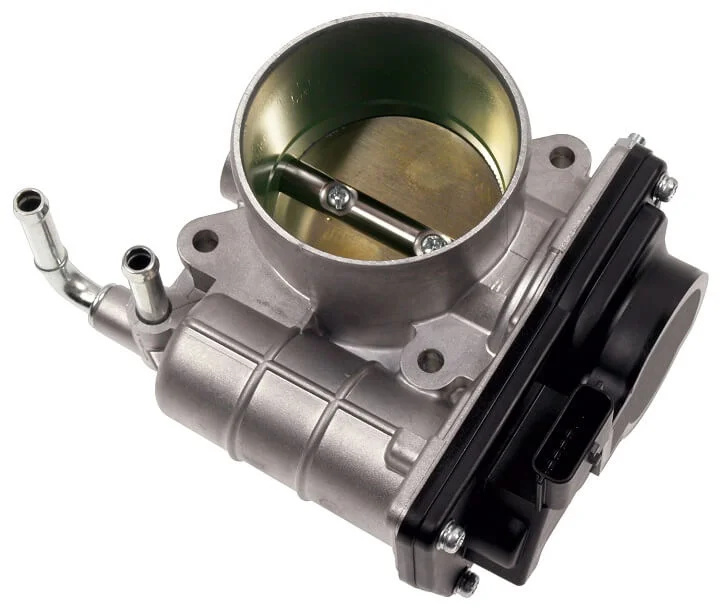
Battery Register/Battery Maintenance
This function enables you to perform a resetting operation on the monitoring unit of vehicle battery, in which the original low battery fault information will be cleared and battery matching will be done. Battery matching must be performed in the following cases:
1. Main battery is replaced. Battery matching must be performed to clear original low battery information and prevent the related control module from detecting false information. If the related control module detects false information, it will invalidate some electric auxiliary functions, such as automatic start & stop function, sunroof without one-key trigger function, power window without automatic function.
2. Battery monitoring sensor. Battery matching is performed to re-match the control module and motoring sensor to detect battery power usage more accurately, which can avoid an error message displaying on the instrument panel.
Diesel Particulate Filter (DPF) Regeneration
DPF regeneration is used to clear PM (Particulate Matter) from the DPF filter through continuous combustion oxidation mode (such as high temperature heating combustion, fuel additive or catalyst reduce PM ignition combustion) to stabilize the filter performance.
DPF regeneration may be performed in the following cases:
1. The exhaust back pressure sensor is replaced.
2. The PM trap is removed or replaced.
3. The fuel additive nozzle is removed or replaced.
4. The catalytic oxidizer is removed or replaced.
5. The DPF regeneration MIL is on and maintenance is performed.
6. The DPF regeneration control module is rep
7. Tire Pressure Monitor System Reset
TPMS Tire Pressure Monitoring System Reset
Makes tpms sensor in displaying sensor IDs from the vehicle’s ECU, inputting TPMS sensor replacement IDs and activate TPMS sensors.
Immobilizer
This function can protect your car from being stolen by clearing the lost car key information and programming new key into the ECU database. Also known as keys programming.

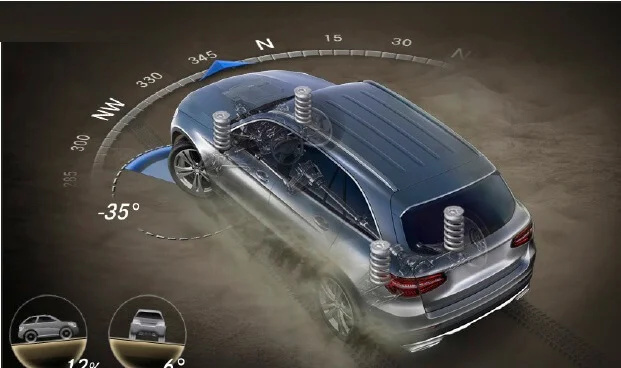

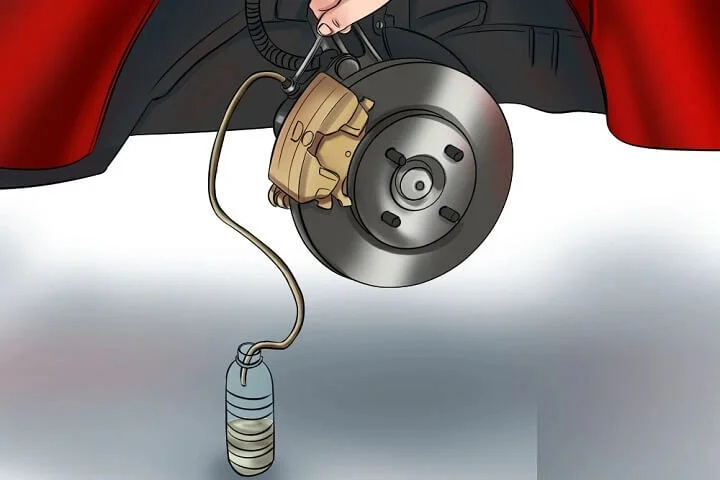

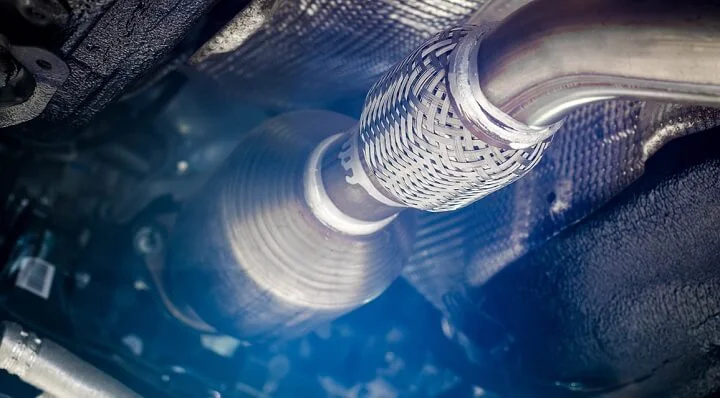
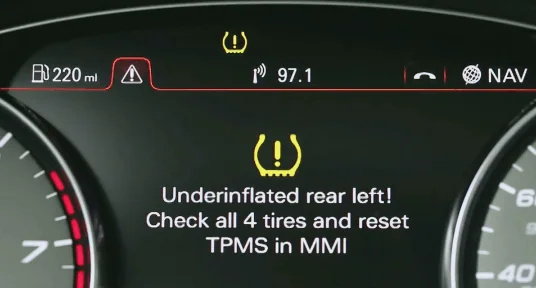
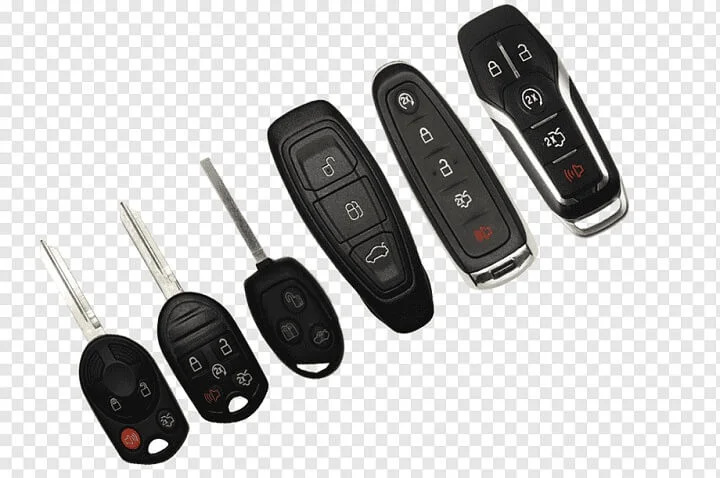
Leave a Reply